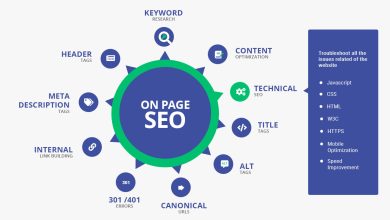Salary Breakup, Structure, Components,

Salary Breakup: Salary is a set sum of money that an employer (the government, multinational corporations, public sector departments, and numerous other private sector organisations) pays to an employee in exchange for completed work. Wage is typically paid at regular intervals; for example, one-twelfth of the annual salary is paid monthly at the end of the month.
Employee compensation includes basic salary, allowances, perquisites, and other components. Understanding these elements is crucial because it keeps the employee aware of the savings and items for which they can make a tax exemption claim. We shall cover every aspect of salary, including its computation and parts, on this page.
Salary Breakup in India
Each HR and Payroll professional must structure compensation as part of their job description. The details of the offered remuneration, including how the many elements that make up the compensation are broken down, are included in the wage structure. The employee’s actions, such as the types of tax exemptions claimed, may significantly vary due to any change in the salary structure.
If not simplified, the payroll computation procedure might be demanding. While the handling of payroll varies from firm to company in India, the components of salaries stay the same. The wage structure comprises CTC, Net Pay, Gross Salary, Allowances, Perquisites, Deductions, Bonus, Incentives, etc.
Also read: Why Should We Hire You
Component of Salary Breakup
Cost to Company or CTC
Cost to Company, or CTC, refers to an employee’s complete compensation package. All monthly components, including the basic salary, allowances, perks, and additional contributions, are included in the CTC. The take-home pay of an employee is never the CTC.
Basic Salary
The term “basic salary” describes the sum of money an employee receives before any extras are added or payments are subtracted. Bonuses, overtime pay, and any other potential compensation from an employer are not included. The take-home pay consists of the whole amount of the base paycheck.
The foundation of the salary structure is the basic salary, which accounts for 40–45% of the total CTC. The basic wage determines how other compensation components, such as gratuities, provident funds, and ESIC, are calculated.
Gross Salary
The total amount employees earn while working for the company in a given year is their gross salary. The pay has been paid wholly before deductions like income tax and PF. Gross Salary, on the other hand, includes basic pay, a housing allowance, a special allowance, and a transportation allowance.
Net Salary
The amount of money an employee gets home after tax, provident fund, and other similar deductions are taken from it is known as net salary, take-home pay, or in-hand pay. The difference between the two is that Net Salary is less than Gross Salary. It may be equal when there is no income tax, and the employee’s wage is below the government tax slab restrictions.
Allowances
The financial benefits above and beyond the base pay are known as allowances and may be wholly or partially taxable or tax-exempt. House Rent Allowance (HRA), Medical Leave Travel Allowance (LTA), and others are typical examples.
Perquisites
Perquisites are unofficial advantages. These mainly consist of non-monetary rewards based on an employee’s formal status inside the company. Typical examples include businesses that offer services for cars, phones, the internet, and other necessities of daily life.
Bonus
A bonus is a payment made to a worker to appreciate their excellent service to the company. Giving prizes has its primary goal of distributing company profits to workers and other staff members.
Payout
A payout is a sum of money, or more specifically, a sizable sum, given to a person, such as an insurance company. Generally, a payout is the amount of money given to a policyholder after a claim is approved.
Click here for new updated Blogs.



